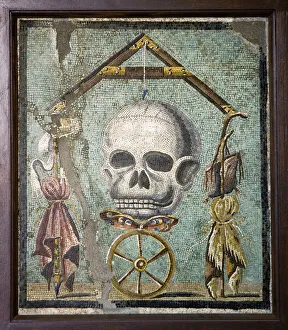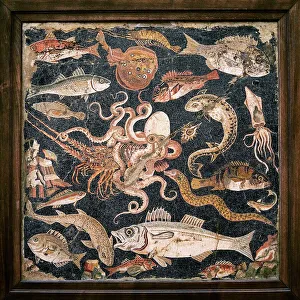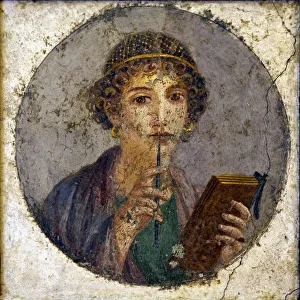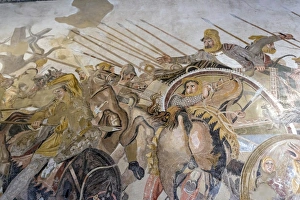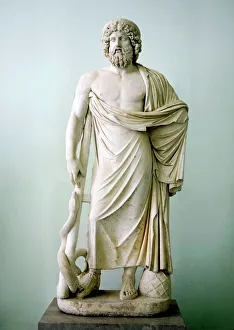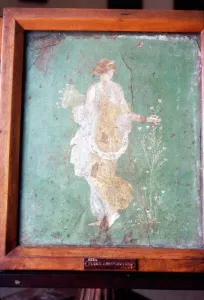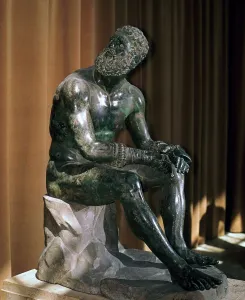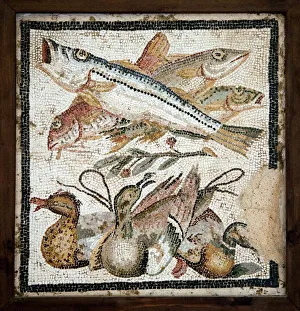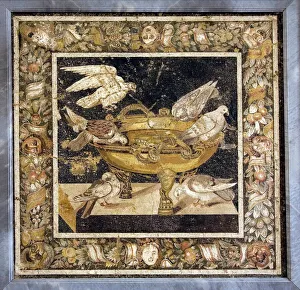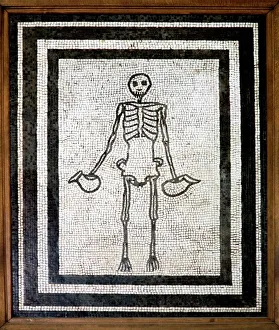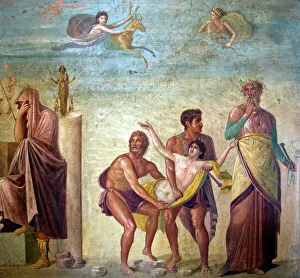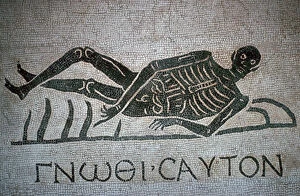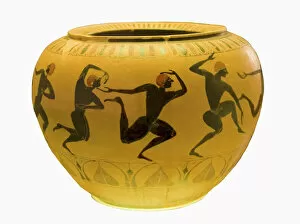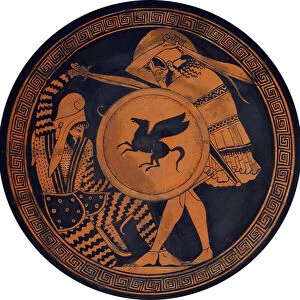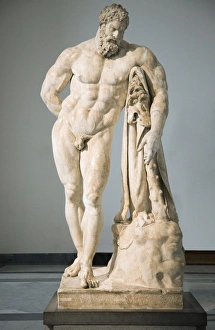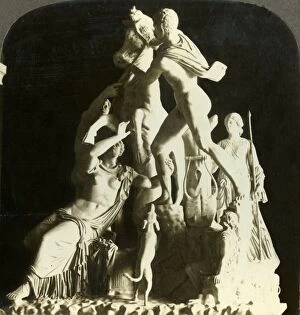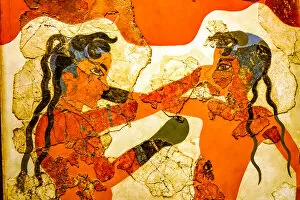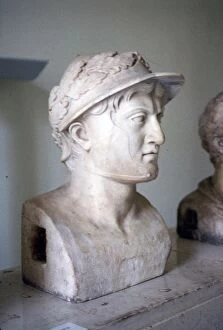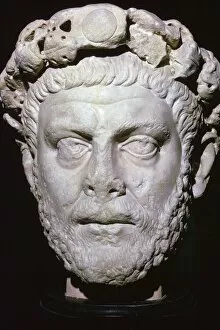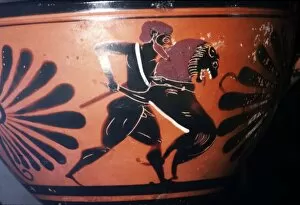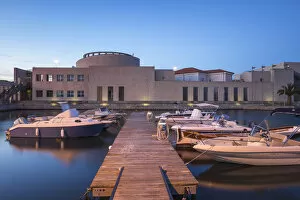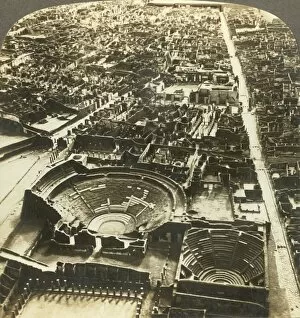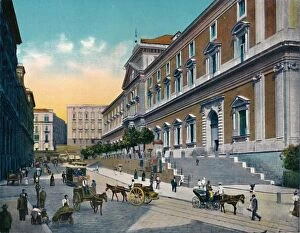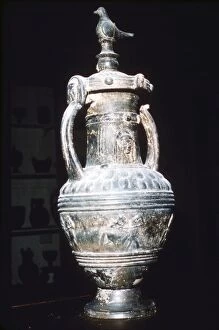National Archaeological Museum Collection
Step back in time and explore the wonders of ancient civilizations at the National Archaeological Museum
All Professionally Made to Order for Quick Shipping
Step back in time and explore the wonders of ancient civilizations at the National Archaeological Museum. Marvel at the intricate details of the Roman seafood mosaic, depicting a bountiful underwater world teeming with life. Immerse yourself in history as you gaze upon the Battle between Alexander and Darius, frozen in time within a mesmerizing Pompeii House of the Faun mosaic. Discover the timeless beauty captured in every stroke of artistry with Portrait of young girl, Sappho, from Pompeii. Let your imagination wander as you decipher the hidden messages behind each Roman memento mori mosaic, reminding us to seize every moment and cherish our mortality. Feel a sense of awe standing before Asclepius, a majestic Roman statue embodying healing and divine wisdom. Admire nature's delicate balance depicted in Red mullets and ducks, a captivating Roman mosaic that celebrates both land and sea creatures. Witness love's triumph over tragedy through Artemis sending a deer to spare Iphigenia's sacrifice; an emotional scene preserved within House of Tragic Poet from Pompeii. Reflect on ancient wisdom inscribed on Know Thyself - a profound message etched into another remarkable Roman mosaic. Transport yourself to springtime bliss with Flora or Primavera - an enchanting Roman wall painting that exudes joy and rebirth. Admire the strength and grace embodied by The Boxer of Apollonius; this Greek statue stands as testament to human resilience even amidst adversity. The National Archaeological Museum is not just a collection of artifacts but also an immersive journey through time itself. Come experience these treasures firsthand and let their stories ignite your curiosity about our shared past.

